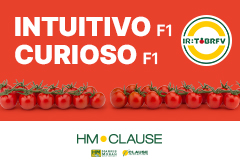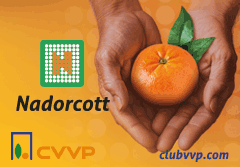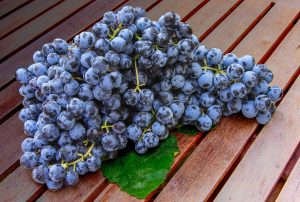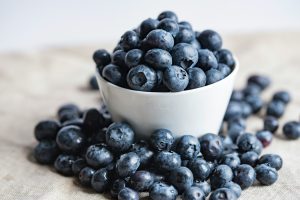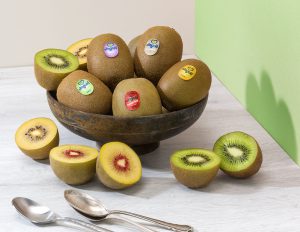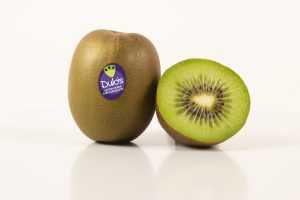At the beginning of this slightly delayed campaign, what are Anecoop’s production strategies in the different growing areas?
We’re starting the campaign with uncertainty due to weather conditions, which are especially affecting Almería in the first few weeks and the start of the open-field campaign in northern Almería and southern Murcia.
The rainy period came earlier than expected, with three consecutive weeks of persistent rain across Spain, from weeks 9 to 12. This disrupted the planting schedule for March, which will delay the harvest of open-field watermelon to reach characteristic volumes during the first weeks of June. Additionally, there will be a production gap between May and June that will affect the entire sector. From the end of June, the campaign is expected to proceed normally.
The same has happened in Seville, Cádiz and Huelva, where planting is 2–3 weeks behind schedule. We estimate that the campaign in these areas will start towards the end of June, whereas it normally begins between the 10th and 15th.
Another potential consequence could be lower productivity and commercial yield from early May plantings.
In the face of climate change and general water scarcity, what is Anecoop’s approach?
Together with our Production and Innovation Department and our grower partners, we are tackling the challenges of climate change from three different angles.
Our development lines include crops with lower water requirements, greater leaf mass, firmer flesh, or fewer seeds, as fruit typically starts ripening from the seed area.
In parallel, our strategy remains focused on diversifying growing regions. We are also working with tools that allow us to better monitor yields and predict harvest performance. We will rely on AI to anticipate demand fluctuations and improve our commercial response.
It may be difficult to assess the whole summer campaign, but I assume Anecoop has a general commercial strategy. Could you tell us about it?
By leveraging different growing regions, Anecoop’s overall strategy is to supply our watermelon lines from spring through early autumn. With an estimated volume of 130,000 tonnes, we hope weather conditions will be favourable to achieve our sales targets.
Is the Bouquet family still growing? What volumes are expected for watermelon and melon?
Absolutely. Since last season, we’ve been working on an orange-flesh watermelon line, although it’s still in the market testing phase. In terms of total volumes, we expect around 130,000 tonnes of watermelon and 20,000 tonnes of melon.
In international markets, which country or countries pose the greatest threat to Spanish watermelon?
The main competitors for Spanish watermelon right now are Morocco and Senegal. Moroccan watermelon is increasingly present in Europe, extending its calendar and increasing volumes. Senegal, meanwhile, has grown significantly in both production and exports to the European market over the last five years, partly due to European companies farming there. The Senegalese campaign ended with serious quality issues, so there is growing anticipation in the market for the start of our Spanish watermelon campaign.







